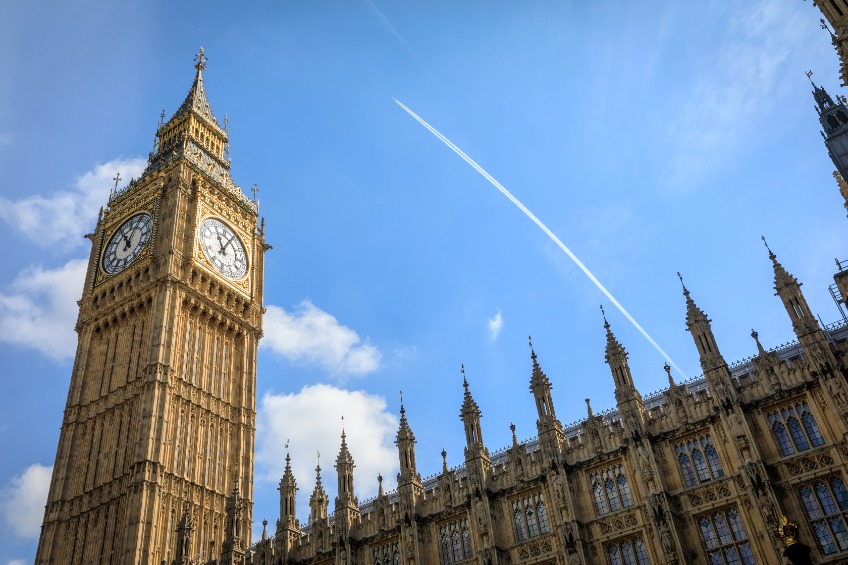
Defra does not have a plan for the wider digital transformation that is needed to replace its outdated IT systems, according to the National Audit Office.
Defra provides many critical digital services including disease prevention, flood protection and air quality.
However, the NAO, which scrutinises public spending for parliament, says many rely on ageing technology and IT infrastructure, and de-prioritising investment in digital technology means Defra’s legacy applications have increased in number.
Nearly one third (30%) are unsupported, which means the developer is no longer issuing any software or security updates, which compromises the resilience of vital services and increases exposure to cyberattacks.
The NAO has previously investigated IT legacy issues and their effect on government departments’ operations and efficiency.
In July 2021, the group identified IT legacy systems as one of six key areas of concern across government, stating that digital programmes have shown “a consistent pattern of underperformance” over a quarter of a century.
Many government departments face the challenge of tackling their ageing technology and service issues, with the NAO saying Defra has one of the most difficult challenges of all.
The department and its associated arm’s-length bodies are not expecting to fix its legacy systems until 2030.
Defra’s own estimates put the cost of maintaining ageing digital systems at 76% of its total digital, data and technology spend.
Defra has made efforts to reduce the most immediate risks and has been trying to deal with its legacy issues for over a decade.
It was not until the 2021 Spending Review that it received the necessary funding to start to tackle the problem in a strategic and planned way.
The Treasury agreed to provide £366m for IT investment for the three-year period 2022-2025. This compares with £100 million provided for the three-year period 2016 to 2019.
Since the increase in funding Defra has established a well-designed plan to act on its most pressing digital legacy challenges and is beginning to make progress.
However, the additional funds are not enough to reduce risks to an acceptable level, nor fund a broader digital transformation. Currently only one-third of Defra’s 21 million customer transactions each year are fully digital.
The NAO recommends Defra maintain the momentum of its Legacy Applications Programme as it moves beyond stabilisation and into transformation of its digital systems.
The NAO also recommends that Defra - and indeed other government departments - develop a strategic digital vision, coupled with governance and management structures, which ensure digital and data considerations are central to business transformation plans.
Gareth Davies, the head of the NAO, said: “Government continues to rely on many outdated IT systems at significant cost. Defra faces a particularly challenging task in replacing its legacy applications and has begun to tackle it in a structured way.
"The full potential of technology in improving public services and reducing cost to the taxpayer can only be accessed if this programme and others like it across government are delivered effectively”.
